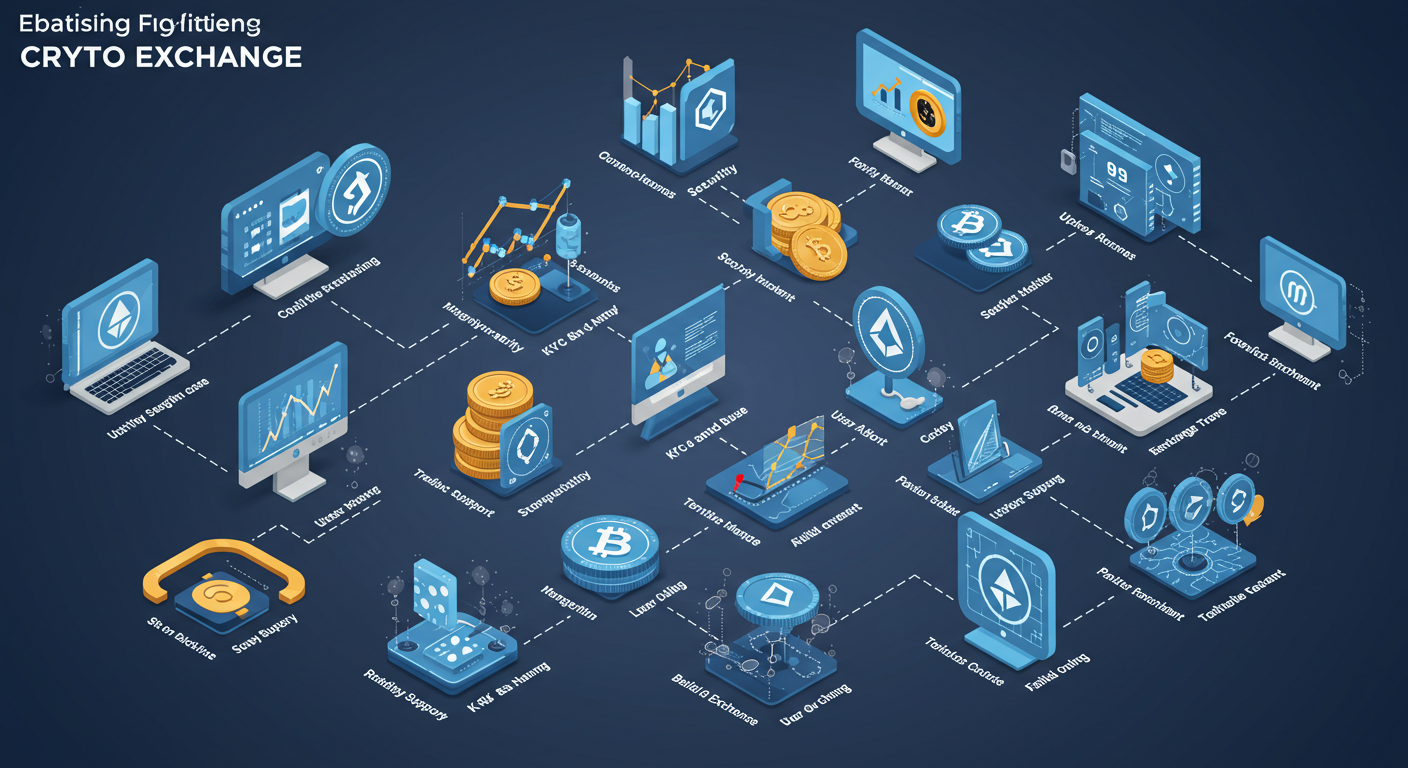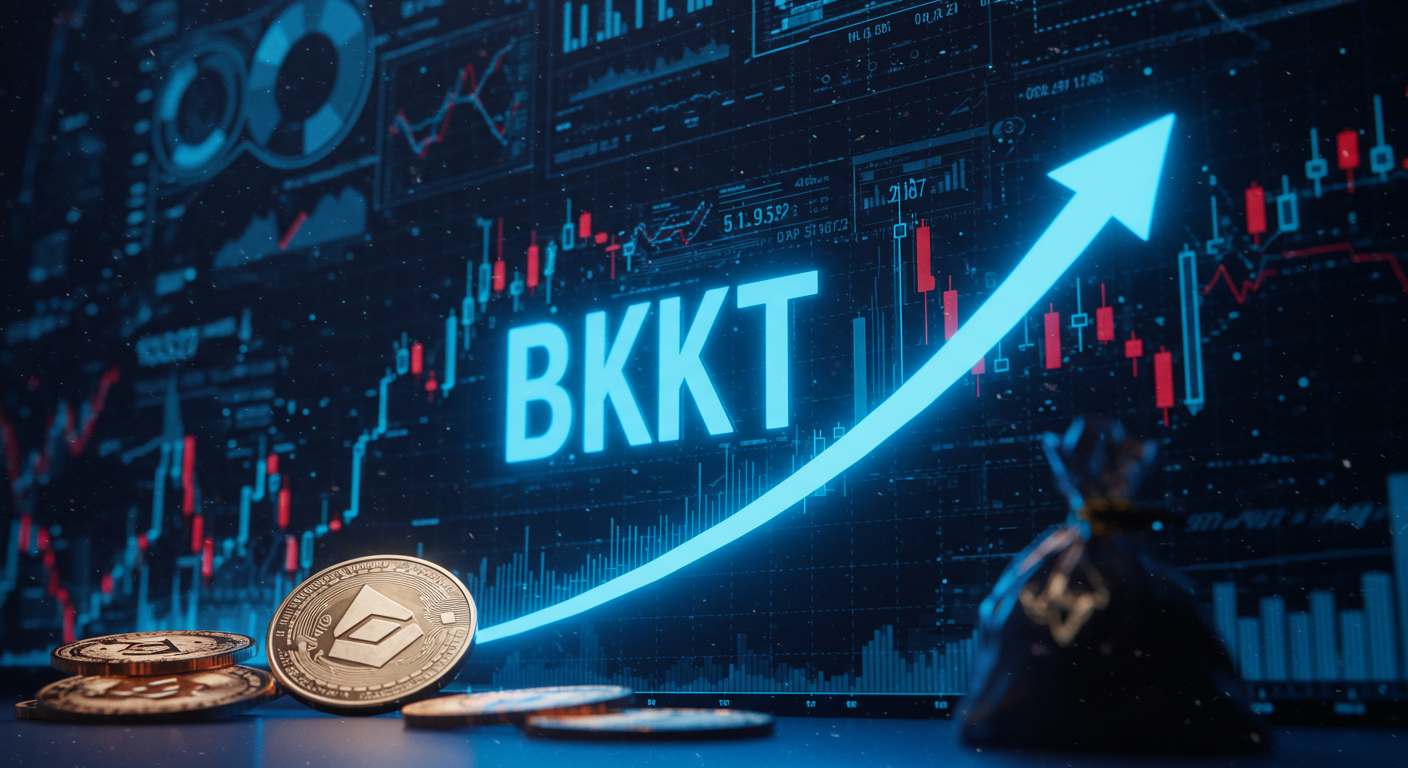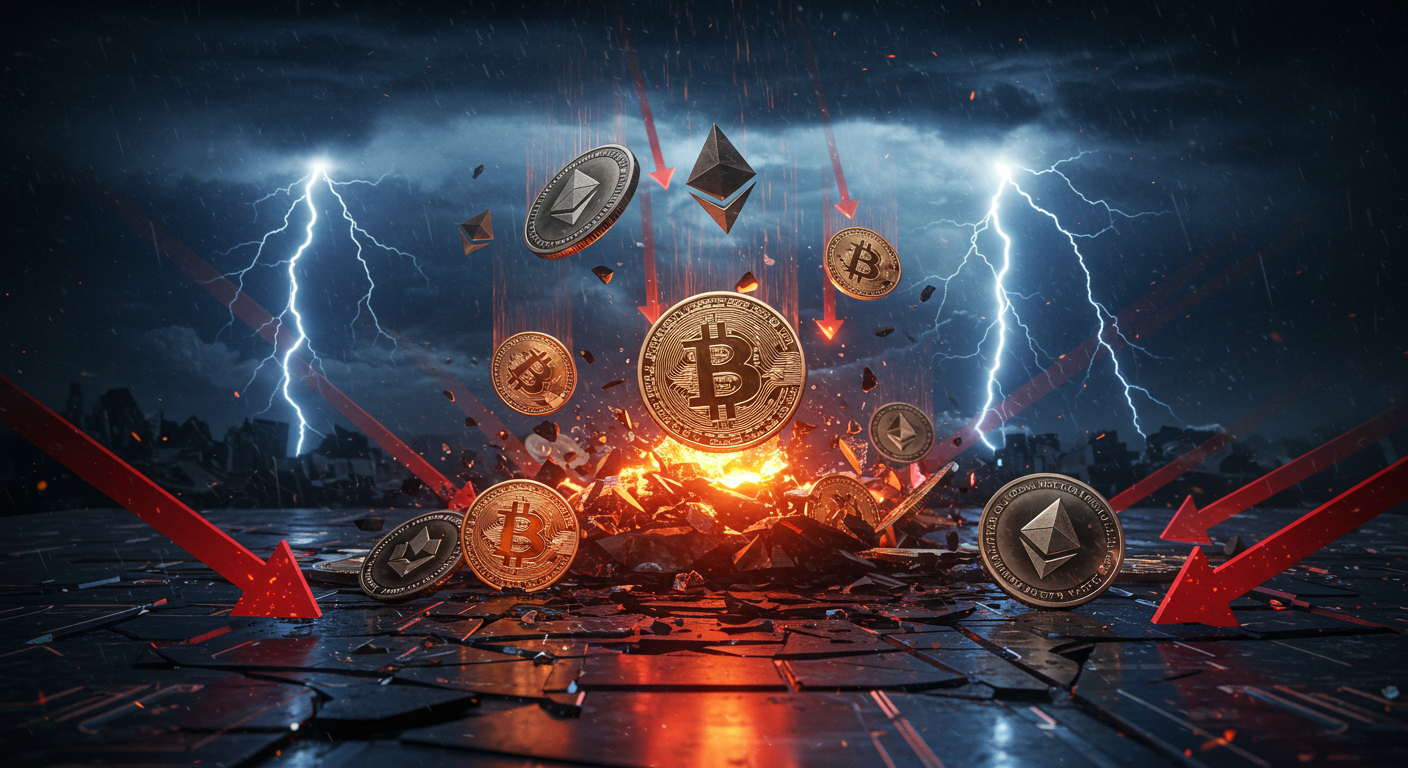Building a crypto exchange is hard. A crypto exchange is a place where people trade digital money, like Bitcoin. It must be safe. Many problems can happen. Hackers, rules, and trust are big challenges. This article explains these problems. It gives easy, clear solutions to make a safe exchange. Jose E. McKenna, who knows a lot about crypto, wrote this. He has four years of experience and makes hard ideas simple for everyone.
Why Safety Is Important
Crypto exchanges hold a lot of money. Hackers want to steal it. One hack can lose millions of dollars. It can also make people stop trusting the exchange. People want their money and information safe. Safety is the most important part of an exchange. Without it, the exchange will fail.
Hackers attack all the time. They use tricks like fake emails or bad software. In 2023, crypto hacks stole $3.7 billion, says Chainalysis. Bad safety can also break government rules. This can cause big fines. A safe exchange keeps users happy and follows laws.
Big Problems to Solve
Making a safe crypto exchange has many problems. Each one needs careful work. Here are the main problems.
Tech Problems
Exchanges use complicated tech. They need strong systems to trade, store money, and keep data safe. Tech problems can stop trading or let hackers in. Here are the biggest tech problems:
- Handling Many Users: Lots of people trade at once. During busy times, the system can crash. In 2021, some exchanges stopped working when Bitcoin’s price jumped.
- Keeping Wallets Safe: Wallets hold digital money. Online wallets are easy to hack. Offline wallets are safer but harder to use. It’s hard to make them safe and easy.
- Smart Contract Problems: Some exchanges use smart contracts for trading. Mistakes in the code can let hackers steal money. In 2022, one exchange lost $100 million because of a code error.
Following Rules
Exchanges must follow laws. Laws are different in every country. They change a lot. Not following them can cause big problems. Here are the main rule problems:
- Checking Users: Laws say exchanges must check who users are. This is called KYC. It stops bad people from using the exchange. Checking takes time and money. Some users don’t like it.
- Getting Licenses: Many countries need a special license to run an exchange. For example, the U.S. needs a Money Transmitter License. Licenses are expensive and slow to get.
- Reporting Taxes: Exchanges must tell the government about trades. This is hard to do. Users also need help with their taxes.
Making Users Trust You
People want an exchange that is safe and easy. Trust is hard to build, especially after hacks. Here are the problems:
- Being Honest: Users want to know their money is safe. Many exchanges don’t share enough about their safety.
- Easy Design: A hard-to-use exchange scares people away. New users need a simple design.
- Helping Users: Bad customer help makes users mad. Fast help is important, especially during problems like hacks.
Hacker Attacks
Hackers try to break into exchanges all the time. They find weak spots in tech or trick people. Common attacks are:
- DDoS Attacks: Hackers send too much traffic to crash the exchange. This stops trading.
- Phishing Tricks: Fake emails or websites steal passwords or keys.
- Insider Problems: Workers or partners can steal money or data.
Looking at Other Articles
We checked other articles about this topic. Many are not good enough. They have problems we can fix. Here’s what we found and how this article is better:
- Not Enough Details: Many articles give simple tips, like “use good passwords.” This article gives deep, helpful answers for each problem.
- Hard Words: Some articles use big, confusing words. This one uses 2nd-grade-level English. It’s very easy to read.
- Old Information: Crypto rules and attacks change fast. Many articles don’t talk about 2025 trends, like new laws. This article uses new facts.
- Selling Stuff: Some articles push certain exchanges or tools. This article is fair and only gives facts.
- No Expertise: Many articles don’t show the writer knows crypto. This one is by Jose E. McKenna, who has four years of experience. It uses trusted sources like Chainalysis.
This article is better because it’s clear, detailed, and honest. It helps everyone understand how to make a safe exchange.
Fixing Tech Problems
Tech problems can ruin an exchange. Here are easy ways to fix them.
Making Systems Handle Lots of Users
An exchange must work when many people trade. To do this:
- Use cloud servers. They grow when you need more power. Amazon Web Services or Google Cloud are good choices.
- Use load balancers. They spread traffic so servers don’t crash.
- Test with fake traffic. This shows if your system can handle busy times.
Binance uses cloud servers to handle millions of trades. Testing stops crashes when markets get wild.
Keeping Wallets Safe
Wallets hold users’ money. They must be safe but easy to use. Here’s how:
- Use multi-signature wallets. They need more than one person to approve a trade. This stops thieves.
- Keep most money offline. Only keep a little online for daily trades.
- Check wallets often. Look for weak spots in the system.
In 2019, an exchange lost $40 million because of bad wallet safety. Multi-signature wallets can stop this.
Fixing Smart Contract Problems
Smart contracts are code for trading. They must be safe. Here’s how:
- Hire expert coders. They should know Solidity, a code for Ethereum.
- Check contracts before using them. Companies like Trail of Bits find mistakes.
- Test contracts on a fake network. This finds errors without losing money.
A 2023 hack lost money because of bad contracts. Checking and testing stops this.
Following Rules
Rules are important to avoid trouble. Here’s how to follow them.
Checking Users (KYC/AML)
KYC and AML stop bad people from using the exchange. To do this:
- Use KYC tools. Services like Onfido check IDs fast.
- Teach workers about AML laws. They should spot bad activity, like big, strange trades.
- Explain KYC to users. Clear steps make them less upset.
Coinbase uses KYC tools to check millions of users. This saves time and follows laws.
Getting Licenses
Licenses show you follow rules. To get them:
- Learn the laws. Each country has different rules. Japan needs a Financial Services Agency license.
- Hire lawyers. They help with the license process.
- Save money for fees. Licenses can cost a lot.
Kraken took years to get licenses. Planning early saves time.
Helping with Taxes
Tax reports are hard but needed. Here’s how:
- Use tax tools. Koinly makes tax reports for users.
- Teach users about taxes. Give them guides for their country.
- Work with tax experts. They make sure reports are right.
In 2024, the U.S. checked crypto taxes more. Good reports keep you and users safe.
Making Users Trust You
Trust makes users stay. A good experience keeps them happy. Here’s how.
Being Honest
Users want to know their money is safe. To build trust:
- Share safety reports. Tell users about encryption and audits.
- Show proof of money. Prove you have enough to cover user funds.
- Talk during problems. Be honest about hacks and how you fix them.
Kraken shows proof of money often. This makes users feel safe.
Making an Easy Design
A simple exchange keeps users happy. Here’s how:
- Make menus clear. Trading and withdrawing should be easy.
- Test with new users. Ask them what’s hard to use.
- Add tutorials. Short videos help users learn.
Binance’s simple design got millions of users. Easy is best.
Helping Users Fast
Good help keeps users happy. Here’s how:
- Offer help all day. Use chat or email for fast answers.
- Train helpers. They should know crypto and common problems.
- Use AI chatbots. They answer easy questions, so workers can focus on hard ones.
A 2023 study said 60% of users left exchanges because of bad help. Good help keeps users.
Stopping Hacker Attacks
Hackers never stop trying. Strong safety stops them.
Stopping DDoS Attacks
DDoS attacks crash exchanges. To stop them:
- Use DDoS protection. Cloudflare or Sucuri block bad traffic.
- Watch traffic. Spot big spikes before they hurt.
- Have extra servers. They keep trading going during attacks.
In 2022, an exchange lost $10 million from a DDoS attack. Protection stops this.
Stopping Phishing Tricks
Phishing steals passwords or keys. To stop it:
- Teach users. Tell them how to spot fake emails or sites.
- Use two-factor authentication (2FA). It adds extra safety.
- Secure emails. Encryption keeps user messages safe.
A 2021 phishing attack stole $50 million. 2FA can stop this.
Stopping Insider Problems
Workers can steal. To stop them:
- Limit access. Only give workers what they need.
- Watch workers. Check their actions for strange moves.
- Check backgrounds. Screen workers before hiring.
A 2020 theft cost $20 million because of a worker. Tight controls stop this.
New Ideas for 2025
Crypto changes fast. Knowing new ideas helps you stay ahead. Here are 2025 trends:
- Decentralized Exchanges (DEXs): DEXs like Uniswap use no main server. This makes hacks harder but brings new rule problems.
- AI Safety: AI spots hacker attacks fast. More exchanges use AI now.
- Stricter Rules: Countries want more KYC and AML. Exchanges must follow or get fined.
- Multi-Chain Trading: Users want to trade on Ethereum, Solana, and more. This is hard but brings more users.
These ideas show you must keep learning. Balance safety, rules, and user needs.
Conclusion
Building a safe crypto exchange is hard but possible. Fix tech problems with strong systems. Follow rules with KYC and licenses. Build trust with honesty and easy designs. Stop hackers with protection. Watch new ideas like DEXs and AI. These steps make a safe exchange. Users will trust it, and it will follow laws. A good exchange grows strong in the crypto world.
ALSO READ: Pushd Crypto: Revolutionizing Decentralized Finance
Disclaimer: This article is only for information. It is not advice about money, law, or safety. I am not telling you to buy, sell, or use any crypto exchange. This is not a promotion or an affiliate article. Always do your own research and talk to a trusted expert before making decisions.












Leave a Reply